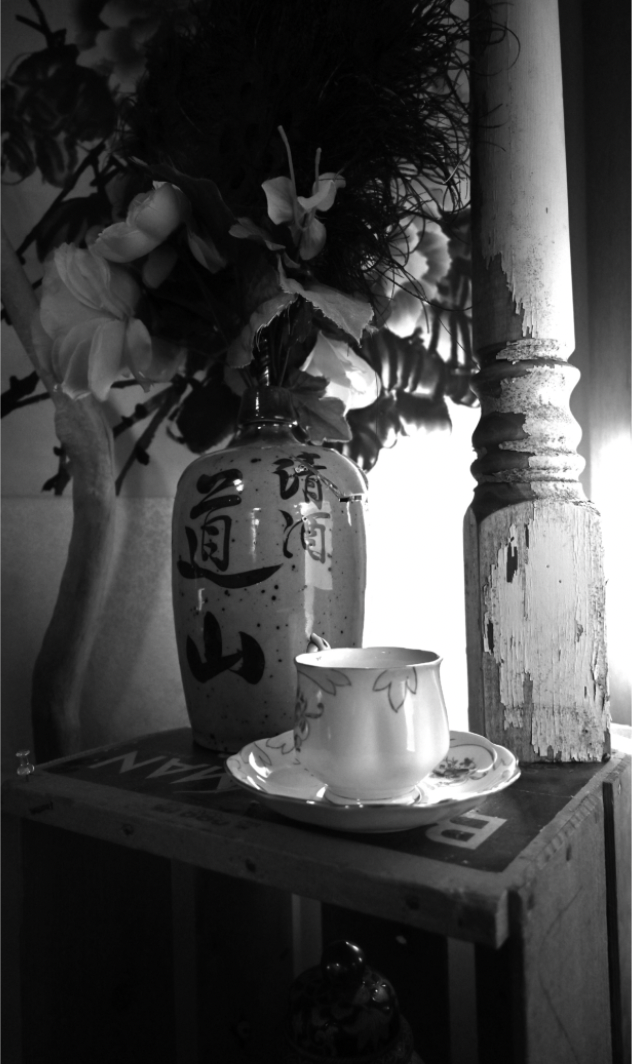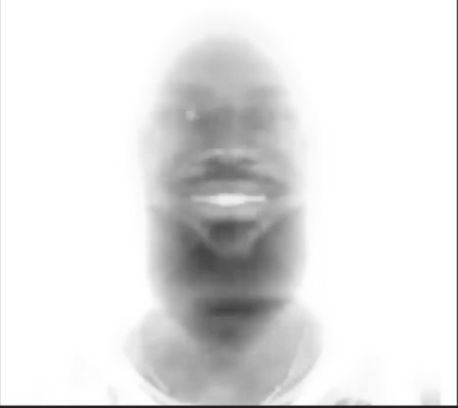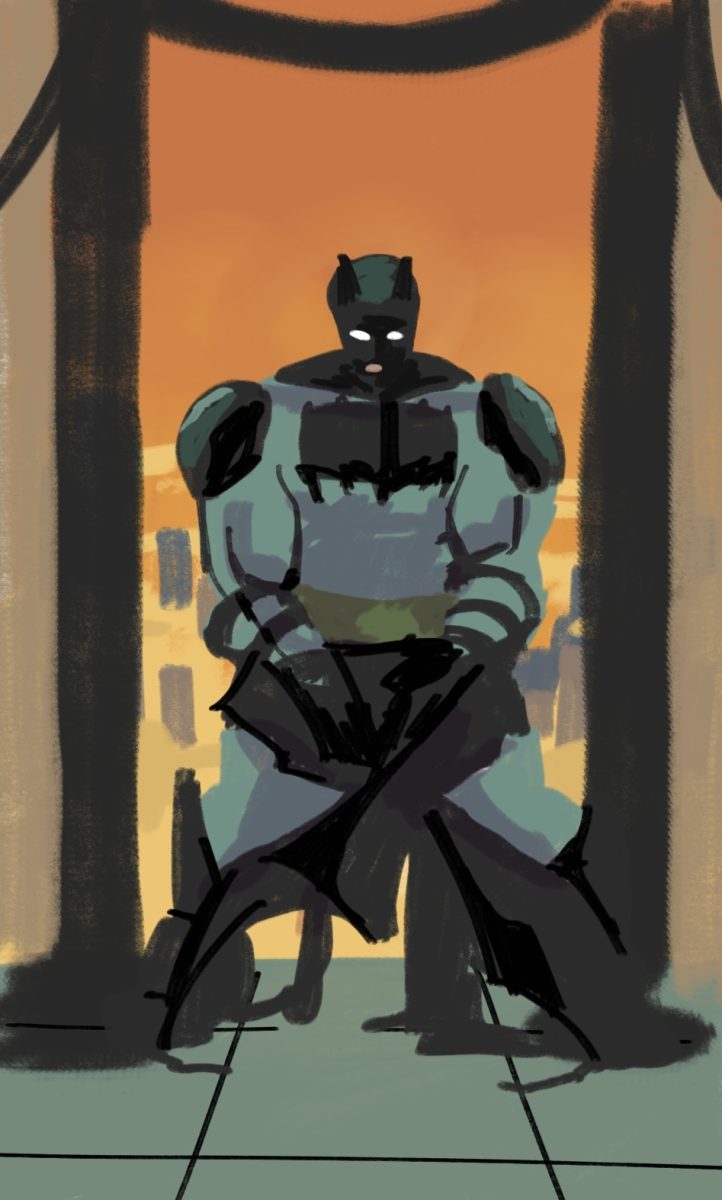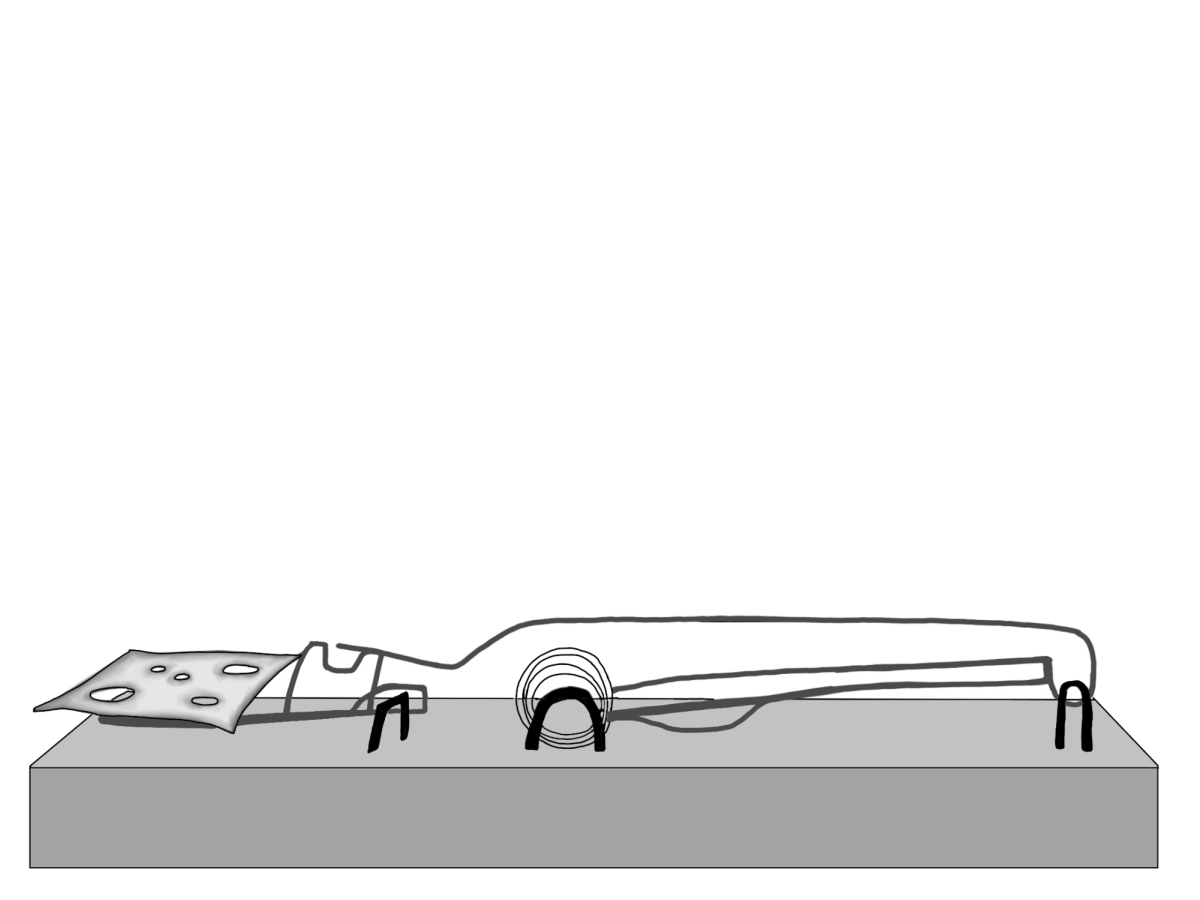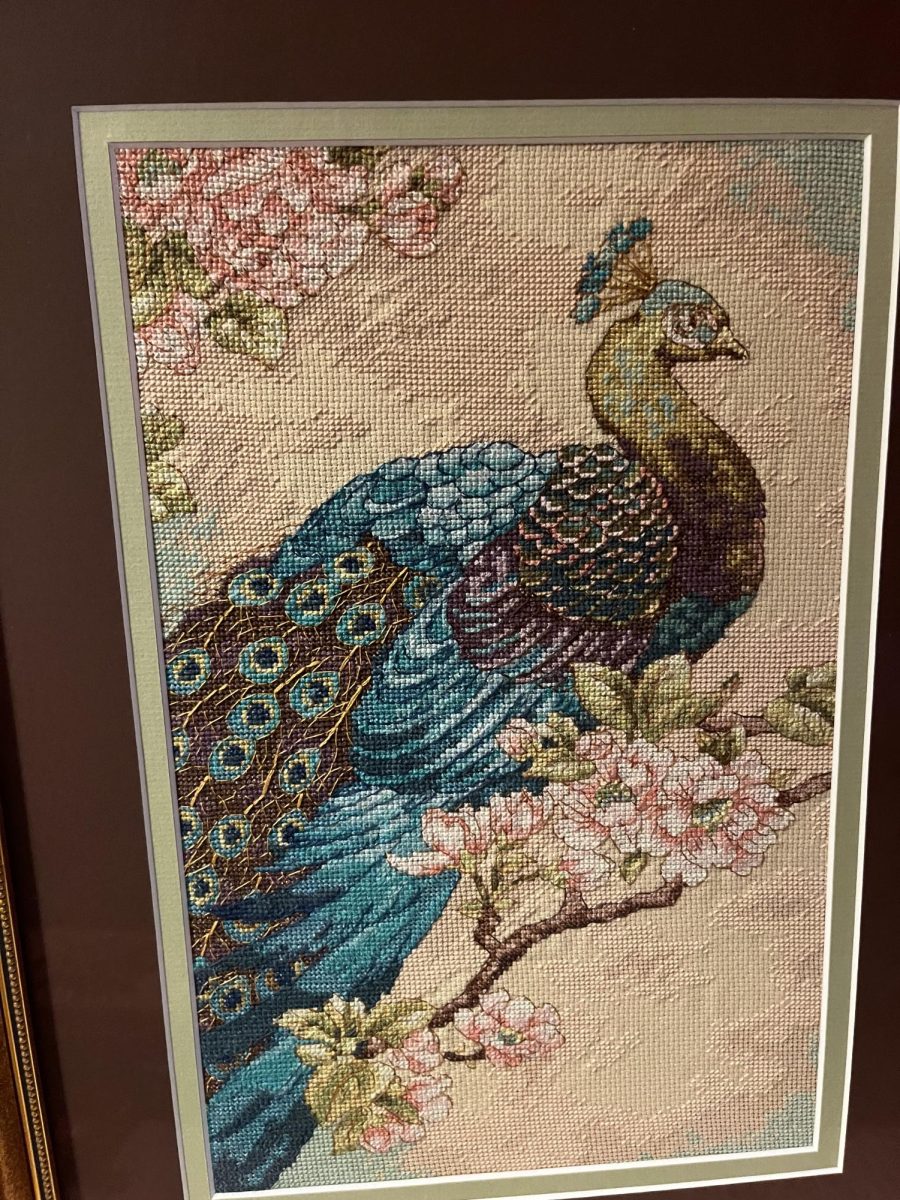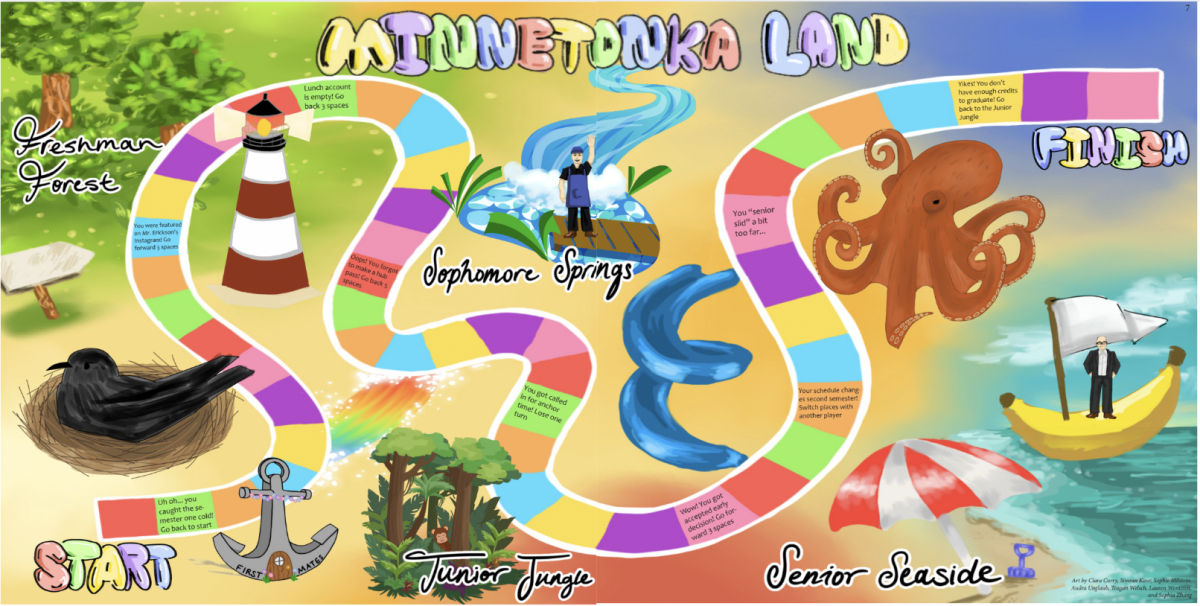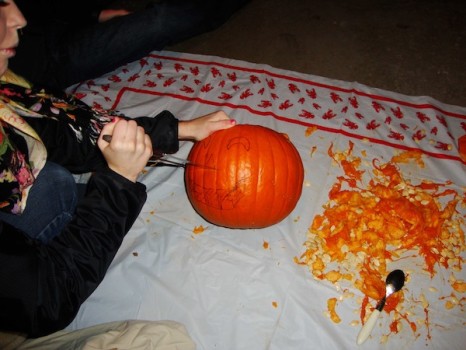Some of our favorite childhood memories are from that last day in October. And what was not to love? We were allowed to dress up as our favorite superhero or princess, get free candy from the neighbors, and then fill our bodies with processed sugar while we should have been in bed. Looking at it this way, the concept of Halloween seems a bit bizarre, and it makes us wonder where these traditions came from. Are these customs as old as our founding fathers— purely American— or were they like many American traditions, brought across the ocean by one of our immigrant nations? This time, we can thank the Irish.
In Celtic Ireland, B.C., it was believed that one day each year at the end of the harvest season, the dead would come back to life. This day was known as Samhain (pronounced sah-wen), or “summer’s end” and was celebrated November 1st. As villagers gathered crops and supplies for the winter, priests would try to predict if these spirits would cause sickness and crop failure among the village. In order to avoid these disasters, villagers would light fires and dress in disguises in order to scare these spirits away. This is where bonfires and dressing up on Halloween comes from.
However, as Christianity spread to Celtic Ireland, the Pope wanted the non-Christian Samhain festival gone. To distract from Samhain, All Hallows Day was created to honor saints, and was celebrated on November 1st. Samhain was still celebrated, but in addition to All Hallows Day on the day before—on All Hallow’s Eve. Over time, the name All Hallow’s eve evolved into Halloween, the name we now know.
TRICK OR TREATING
During the Samhain festival, the poor villagers would go “souling.” This included going to each house and praying for souls of the residents’ dead relatives to encourage the dead to complete the passage into heaven. In return, the poor villagers would be given food called soul cakes. As children took over this tradition, the practice of praying was forgotten, and money and candy were given out instead.
JACK O’LANTERNS
Jack O’lanterns originated from Irish folklore: There was a man named Stingy Jack. He was a con man, and he tricked the devil many times in his life. This ultimately caused Jack to be rejected from both heaven and hell when he died. Forever wandering in the dark afterlife, Jack was given an ember, which he put in a hollowed out turnip.
In response to this tale, the Irish would hollow out turnips during Samhain, calling them Jack O’lanterns. They would carve faces into them and light them, in hopes of scaring away the spirits. Eventually as Irish immigrants brought these traditions to America, they realized pumpkins were more suitable for carving.



